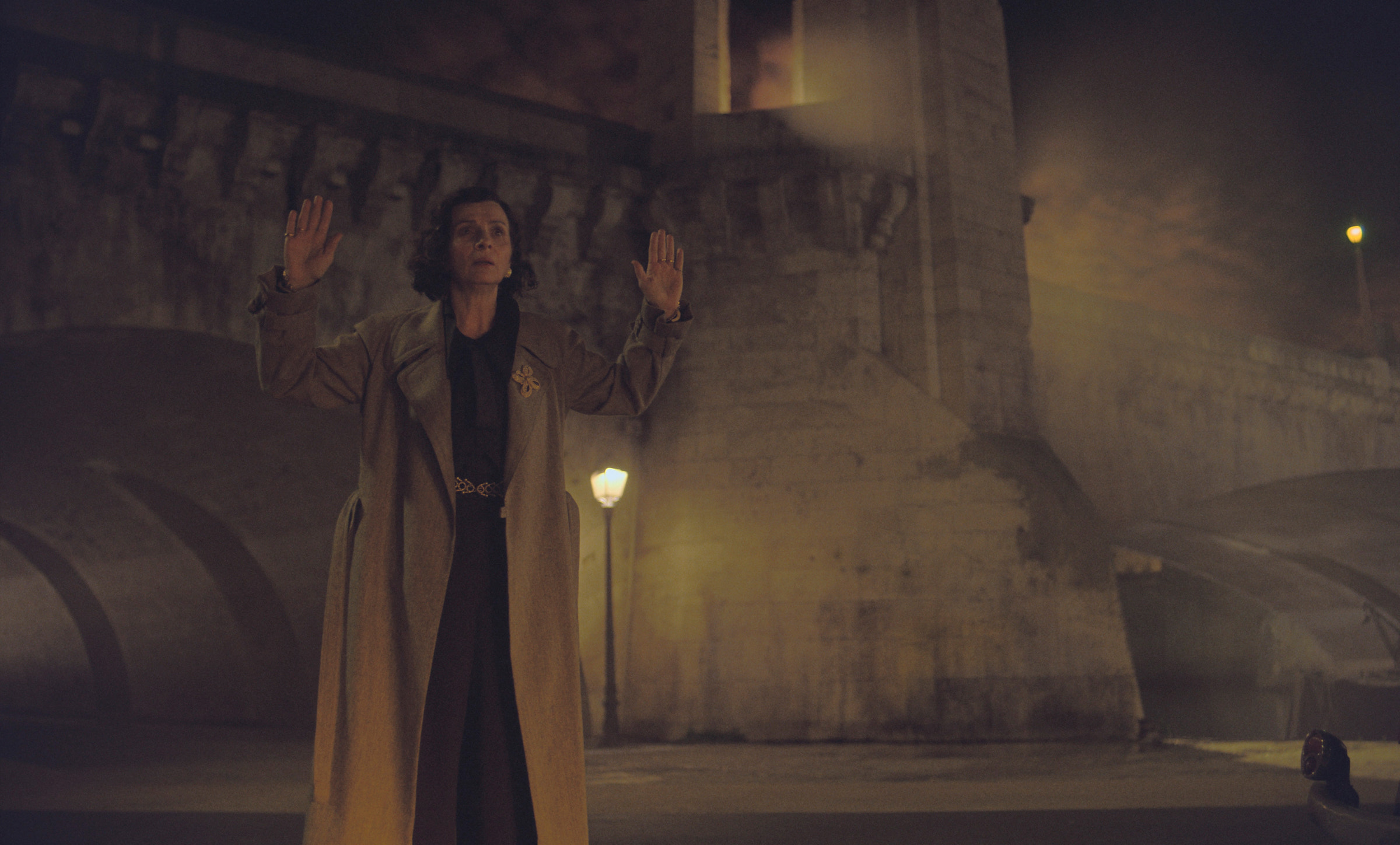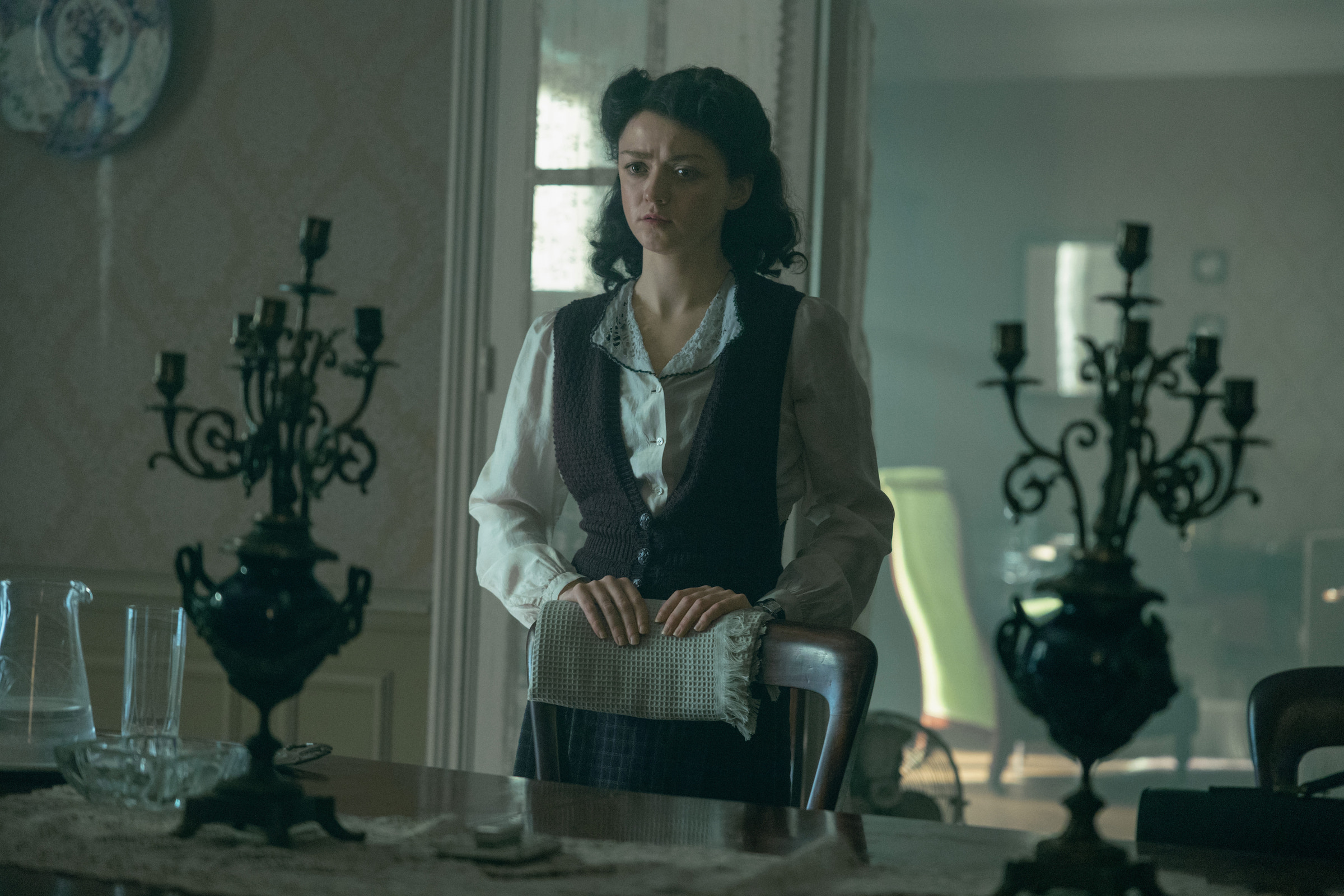Coco Chanel and Christian Dior were rival couture designers in the 1950s. But during World War II, they found themselves in the same tragic situation: Both had family members imprisoned by the Nazis and were pulling every kind of string to get them back. That’s the premise of The New Look, out on Apple TV+ on Feb. 14, starring Juliette Binoche as Chanel and Ben Mendelsohn as Dior. Over 10 episodes, The New Look shows them fighting to save their loved ones and then fighting to save their own couture houses in the post-war period.
Here, TIME talked to biographers of Chanel and Dior about what the designers really went through during World War II, what to make of Chanel’s association with Nazi officials, and the little-known story of Dior’s resistance fighter sister Catherine, who was an inspiration for his legendary 1947 “New Look” collection.
Chanel's Nazi ties
As shown in The New Look, Chanel had a bedroom at the Ritz, at a time when many wealthy individuals gave up their homes during the occupation and moved into hotels to be more cost efficient. But Chanel biographers differ on to what extent the designer interacted with the Nazis when they occupied the building in 1940.
“Chanel definitely socialized with them,” says Lisa Chaney, author of Coco Chanel: An Intimate Life. The New Look portrays Chanel hanging out with them at small gatherings on the property, which Chaney says matches what the designer would have done in real life. But according to Chaney, “There is no proof that she was in any way actually a Nazi by herself.”
On the other hand, Justine Picardie, author of Coco Chanel: The Legend and The Life, says that Chanel was not socializing with the various Nazis in the building, and that she only talked to them when she needed to get information on the whereabouts of her French soldier nephew André, who had been captured. The one Nazi she socialized with was Hans Gunther von Dincklage, a spy nicknamed Spatz, and she wasn’t going out in public with him.
The New Look is correct that Chanel was intimate with Spatz. “She starts having the affair with him in the hope that he will help get André out of the prisoner-of-war camp,” Picardie says. But Picardie, who has seen The New Look, says the show only shows one side of the designer—focusing solely on her Nazi associations without showing that she also had a role in the resistance movement. Chanel let members of the French resistance take over her home in the south of France, known as La Pausa. “Her cellars were used to hide Jewish refugees,” Picardie says.
It is true that some Nazis wanted to take advantage of Chanel’s friendship with U.K. Prime Minister Winston Churchill to get a message to him. Chanel and Churchill know each other through the Duke of Westminster, who was a close friend of Churchill’s. Chanel and Churchill became good friends as a result, even went fishing together, and whenever Churchill was in Paris for work, he’d look her up. The Nazis that Chanel interacted with “hoped she would get a message to Churchill, saying that there were people within the German high command, who had become profoundly disillusioned by Hitler,” according to Picardie. But the plan didn’t work out because it depended on meeting Churchill in Madrid, and Churchill didn’t end up going.

Christian Dior's resistance fighter sister
As The New Look portrays, Christian Dior was very close to his younger sister Catherine, played by Maisie Williams in the show. The two grew close after their mother died and their father went bankrupt during the Great Depression, and Catherine was his first model when he started designing clothes. Their parents gave the Dior siblings their love of gardening, and when World War II broke out, they planted vegetables to survive the rationing. In fact, in 1939 and 1940, Christian Dior served in the French army, helping farmers grow their crops.
By 1944, the Dior siblings are sharing a Paris apartment together, as The New Look shows. He’s designing clothes for Lucien Lelong, and Catherine is embedded with the French resistance movement, “She's working with a network that was gathering intelligence for the allies,” says Picardie, whose book Miss Dior: A Story of Courage and Couture inspired The New Look’s portrayal of Catherine. The scene in The New Look that captures this side of Catherine’s work is when Williams lets a Nazi guard seduce her and sets a trap; people working for the resistance jump out and attack him. In the last weeks of the occupation of France, Catherine is captured and winds up in three concentration camps across Germany, including Ravensbrück as mentioned in the show.
Picardie wishes that The New Look showed how Catherine grew the roses that went into the perfume “Miss Dior”, released in 1947 as part of Dior’s New Look collection. Catherine’s rose fields still exist today.

How World War II shaped fashion
Many of the couture houses closed shop during the war. Dior worked for Lucien Lelong’s couture house, which was one of the ones that stayed open, and that meant he was designing clothing for the wives of Nazi officials.
In the late 1940s, after the war, Dior started his own couture house, bankrolled by textile tycoon Marcel Boussac, as the show portrays. Harper’s Bazaar Editor-in-Chief Carmel Snow (played by Glenn Close in the TV show) nicknamed Dior’s 1947 collection “New Look.”
Padded clothing items are one fashion trend popularized around World War II. As Picardie explains, Dior’s sister Catherine “was emaciated when she returned and so many other women are very thin because of rationing. Soft padding around the hips, bust, shoulders are like a form of protection.”
As Dior described his vision for his “New Look” collection, per TIME magazine’s 1957 cover story on the fashion designer, “‘We were leaving a period of war, of uniforms, of soldier-women with shoulders like boxers. I turned them into flowers, with soft shoulders, blooming bosoms, waists slim as vine stems, and skirts opening up like blossoms.’”
More Must-Reads from TIME
- Caitlin Clark Is TIME's 2024 Athlete of the Year
- Where Trump 2.0 Will Differ From 1.0
- Is Intermittent Fasting Good or Bad for You?
- The 100 Must-Read Books of 2024
- Column: If Optimism Feels Ridiculous Now, Try Hope
- The Future of Climate Action Is Trade Policy
- FX’s Say Nothing Is the Must-Watch Political Thriller of 2024
- Merle Bombardieri Is Helping People Make the Baby Decision
Write to Olivia B. Waxman at olivia.waxman@time.com